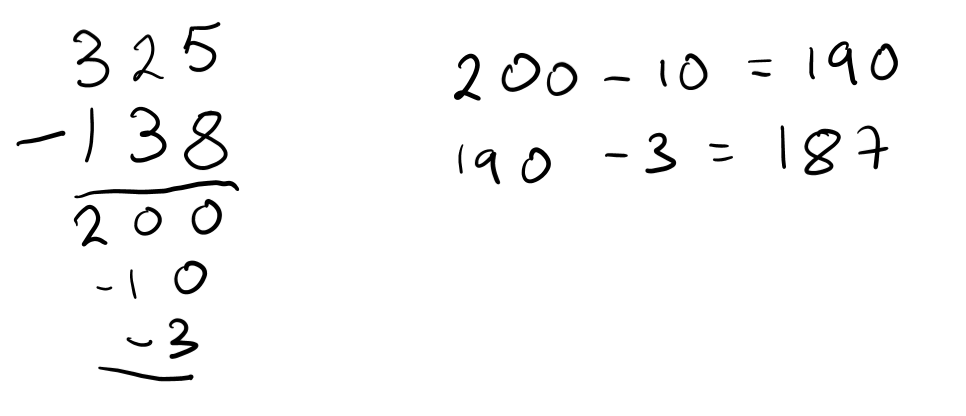S is for subtraction
Teaching students to subtract numbers is a crucial milestone in their mathematical education. In a previous blog post ("O is for Operations"), we discussed the importance of ensuring students understand the various terms that denote subtraction, such as minus, fewer, less, difference, take away, and decrease. Initially, switching between these terms can be confusing, so it is advisable to wait until students are more fluent with the subtraction method before introducing this variability.
For large subtractions, I will focus on two methods. Both begin with the column method, where numbers are aligned one on top of the other, ensuring correct place value alignment. This step is essential, and if students struggle with it, it is important to spend additional time reinforcing place value concepts. The column method is straightforward when the bottom number in each column is smaller than the top number. However, problems arise when the bottom number is larger.
There are two ways to address this issue. The traditional method is regrouping, often referred to as "borrowing." In this method, students "borrow" 1 from the place value to the left. The term "borrow" can be misleading, as it implies the value will be returned, which is not the case. A more accurate term would be "exchange" or "carry," which better describes the process and aligns well with addition terminology.
An alternative method is to incorporate negative numbers, allowing students not to worry if the bottom number is larger than the top number. If students understand negative numbers, this method is surprisingly straightforward. Starting from the left, consider the place value: for example, 300 – 100 = 200, then 20 – 30 = -10, and finally 5 – 8 = -3.
This method involves performing the simpler calculations sequentially. It reinforces the concept of negative numbers and results in a cleaner calculation process, as there is no need for crossing out or carrying.
In summary, ensuring students understand various subtraction terms, correctly align place values, and explore different subtraction methods, including the use of negative numbers, will enhance their mathematical skills and comprehension.


